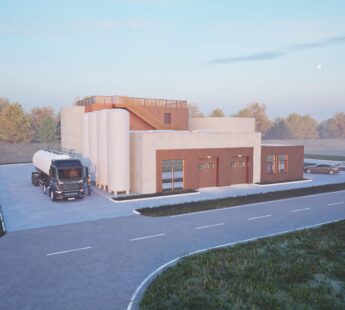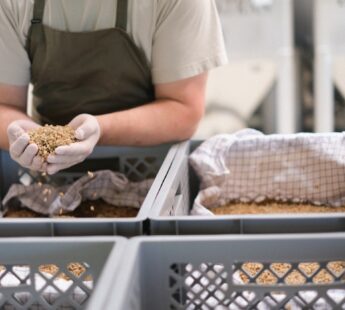At Marselisborg Wastewater Treatment Plant Aarhus Vand produce 50 percent more energy than is used. By implementing energy efficient solutions and producing biogas from the sludge, the utility is almost able to cover the energy consumption for the whole water cycle from the groundwater extraction, to pump stations, water distribution and wastewater treatment.
Water and wastewater facilities are usually high energy consumers. Typically water and wastewater-treatment processes account for 25 - 40 percent of the municipality's electricity bill - energy that can be saved and money that can be freed up and put to better use elsewhere. The answer lies in understanding that the technology and knowledge is available to make water-management systems energy neutral.
Fifty percent surplus of energy
Our Marselisborg Wastewater Treatment Plant has increased plant efficiency and reduced energy consumption by optimizing all its processes. Today the plant produces 50 percent more electricity than it needs and 2.9 GW of heat for the district heating system without adding external organic waste or carbon. This excess energy is enough to serve the needs of the drinking water supply and wastewater treatment facilities for the whole water cycle in the catchment area.
Over the past years, we in Aarhus Vand have put great focus on energy savings and energy production. At Marselisborg Wastewater Treatment Plant we have implemented energy-saving technologies such as an advanced SCADA control system, a new turbo compressor, sludge liquor treatment based on the anammox process, as well as optimised the fine bubble aeration system. This has resulted in a reduction in power consumption of approximately 1 GWh/year which corresponds to about 25 percent in total savings.
During the same time period, the energy production has been improved through the implementation of energy efficient biogas engines (CHP), resulting in an increase in electricity production of approximately 1 GWh/year. Furthermore, a heat exchanger has been installed with the aim of selling surplus heat to the district heating grid, which represents approx. 2 GWh/year.
CO2 emissions are reduced
The Danish water sector is among the most sustainable in the world, and before 2030, the water sector aims to be climate and energy neutral. The ambitious goal is a part of the climate initiative by the Danish Government, which has pledged to reduce the country’s CO2 emissions with 70 percent by 2030.
However, the journey towards sustainable wastewater management has been on for years. In Aarhus Vand we have been working strategically to develop energy neutral utilities for decades. It all started with a challenge to save energy and become more efficient, and now, after years of continuous work, we are able to announce, that already now the GHG emissions are 77 percent lower than in 2008.
See more in this video from Marselisborg WWTP
A 3VAND partner
We are an active partner in 3VAND - a strategic collaborative partnership consisting of the leading water utilities in Denmark: HOFOR, BIOFOS, Aarhus Vand and VCS Denmark.
You may also like
The Ejby Mølle plant in Odense











